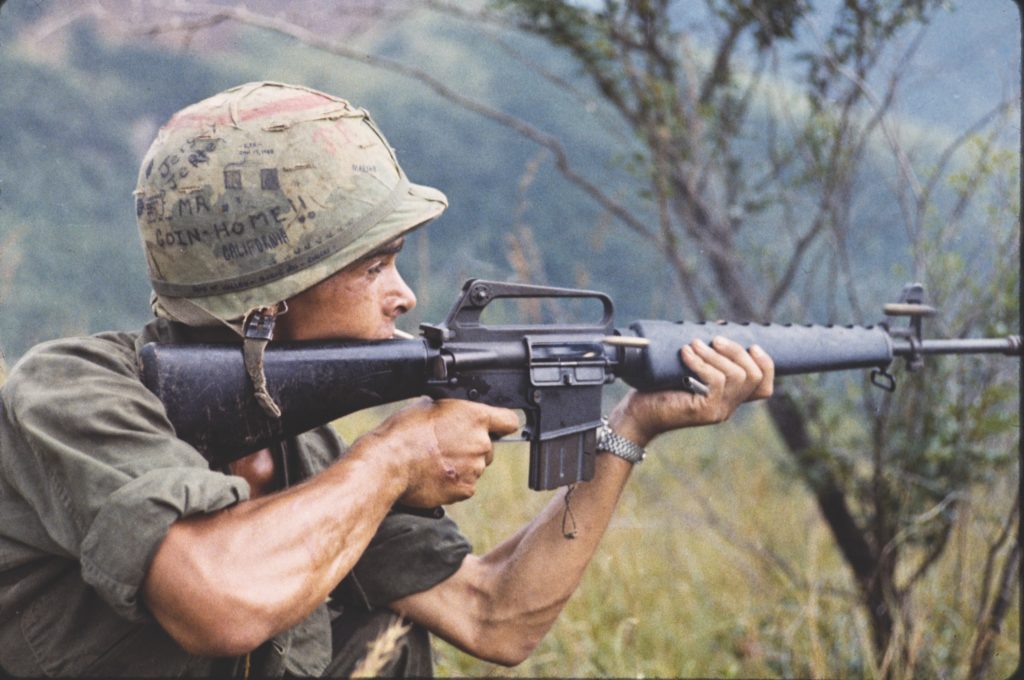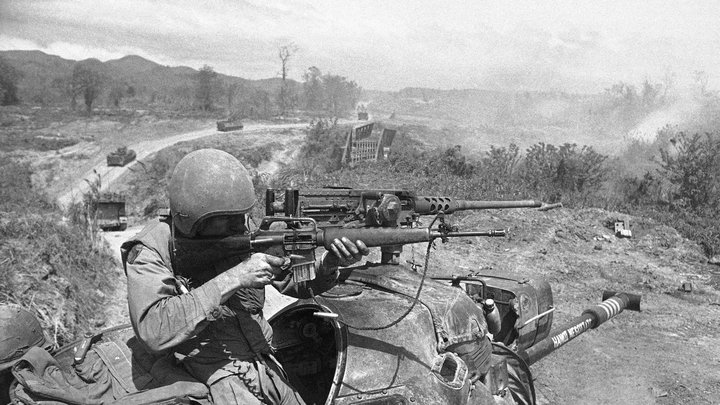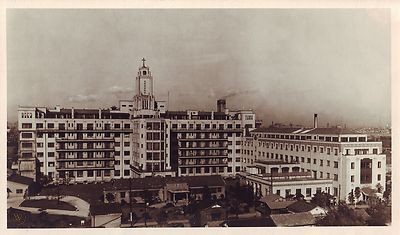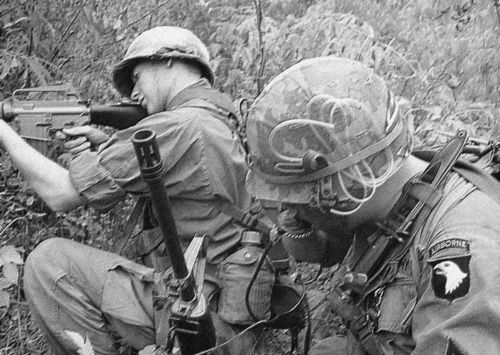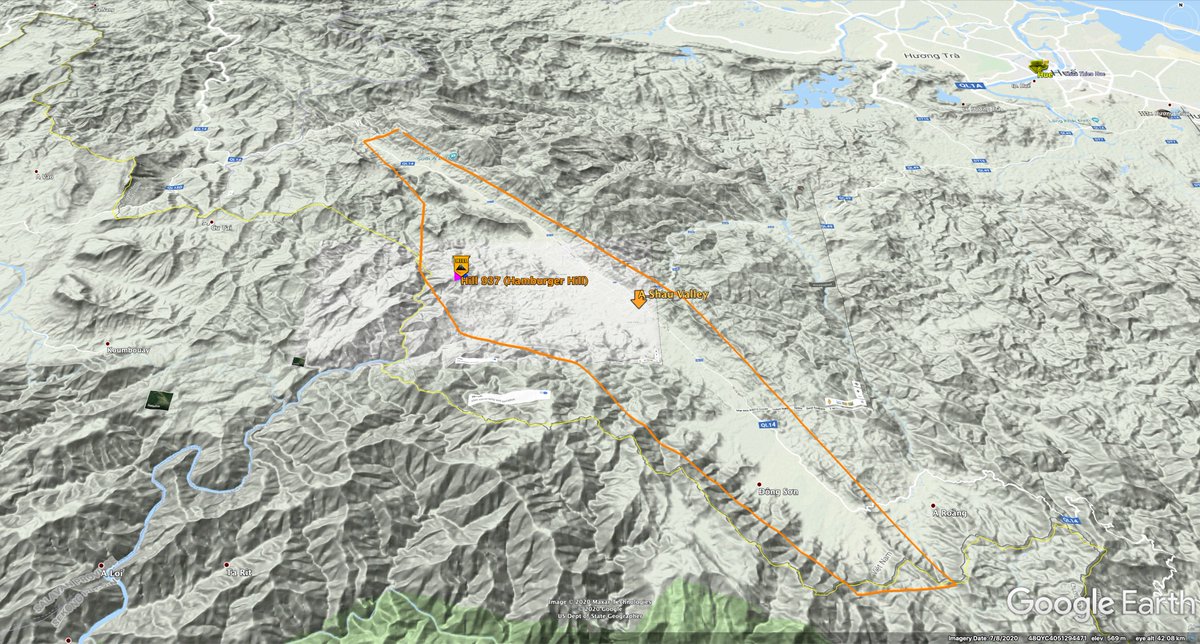
[1 of 4][#SoundOn🔈] Meet Travis Bell. For the 70th anniversary of the XVIII Airborne Corps, we're releasing this, the world's first #Twitter #Docuseries, to introduce you to a living legend. Travis Bell has been a part of the 18th Airborne for 53 years. WATCH this 4 part series
[2 of 4] The world's first #Twitter #Docuseries continues. Who is Travis Bell and why does everyone love him? Keep watching to find out.
[3 of 4] The legend of Travis Bell continues in part 3 of this 4 part docuseries. Video by @jtwarmy !
[4 of 4] Travis Bell has already left his mark on the XVIII Airborne Corps. WATCH part 4 of this 4-part Twitter docuseries.
• • •
Missing some Tweet in this thread? You can try to
force a refresh


